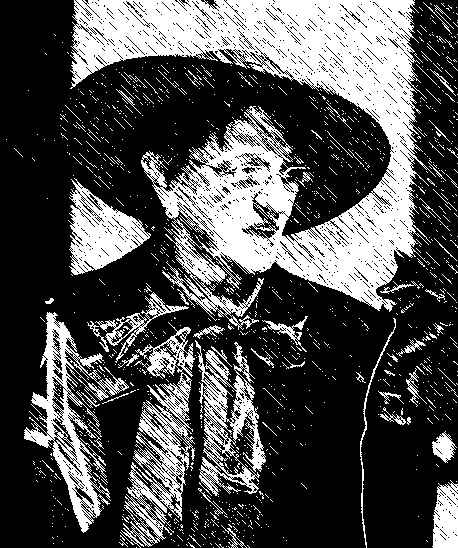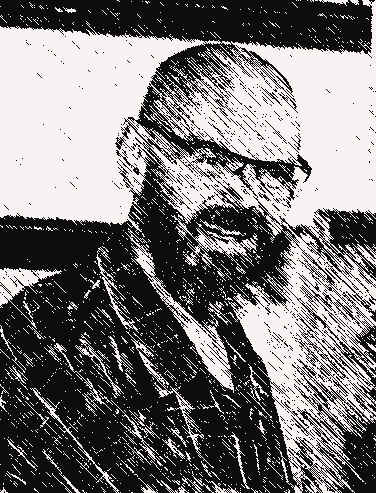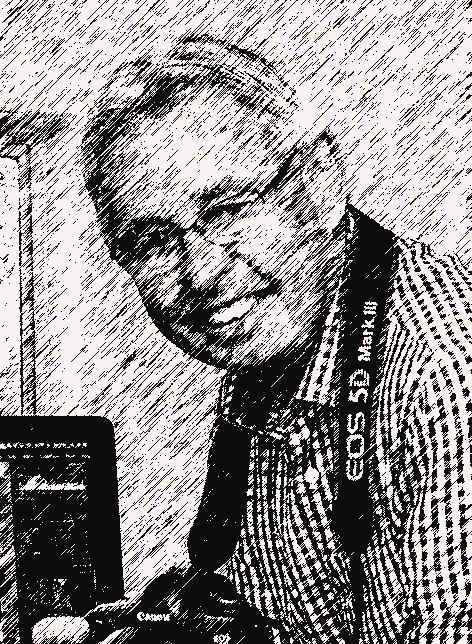2. This article is one of the best that has ever appeared in a Familia, but I place it third because my interpretation is that articles must contain genealogical data in order to qualify for this award. In the end, there is genealogical information on the author's father but it was only used for the primary purpose, viz. to support the economic framework within which an article can be written.
3. The article re-emphasises the value of considering the changing environment in which the family tree's generations succeed each other. His inclusive model encourages researchers to deliberately utilise timelines of different nature to, e.g. improve insight into family decisions AND it also provides guidelines for further research (e.g. by looking for records at economically stronger places). The article is well presented with some source references. Given that this is his proposal (and own brain child), fewer sources are at stake. The author wanted to explain a relatively novel concept (especially the timeline aspect) and he had to illustrate it with examples. He has a comfortable writing style and complements it with tables and other sample material.
 Dr Rentia Landman Reid [Familia 2020 Vol. 57/1 p38-47]
Dr Rentia Landman Reid [Familia 2020 Vol. 57/1 p38-47] Dr Wilhelm Bernhardt [Familia 2019 Vol. 56/3 p23-41]
Dr Wilhelm Bernhardt [Familia 2019 Vol. 56/3 p23-41] Sam J. Basch [Familia 2017 Vol. 54/1 p23-42]
Sam J. Basch [Familia 2017 Vol. 54/1 p23-42]